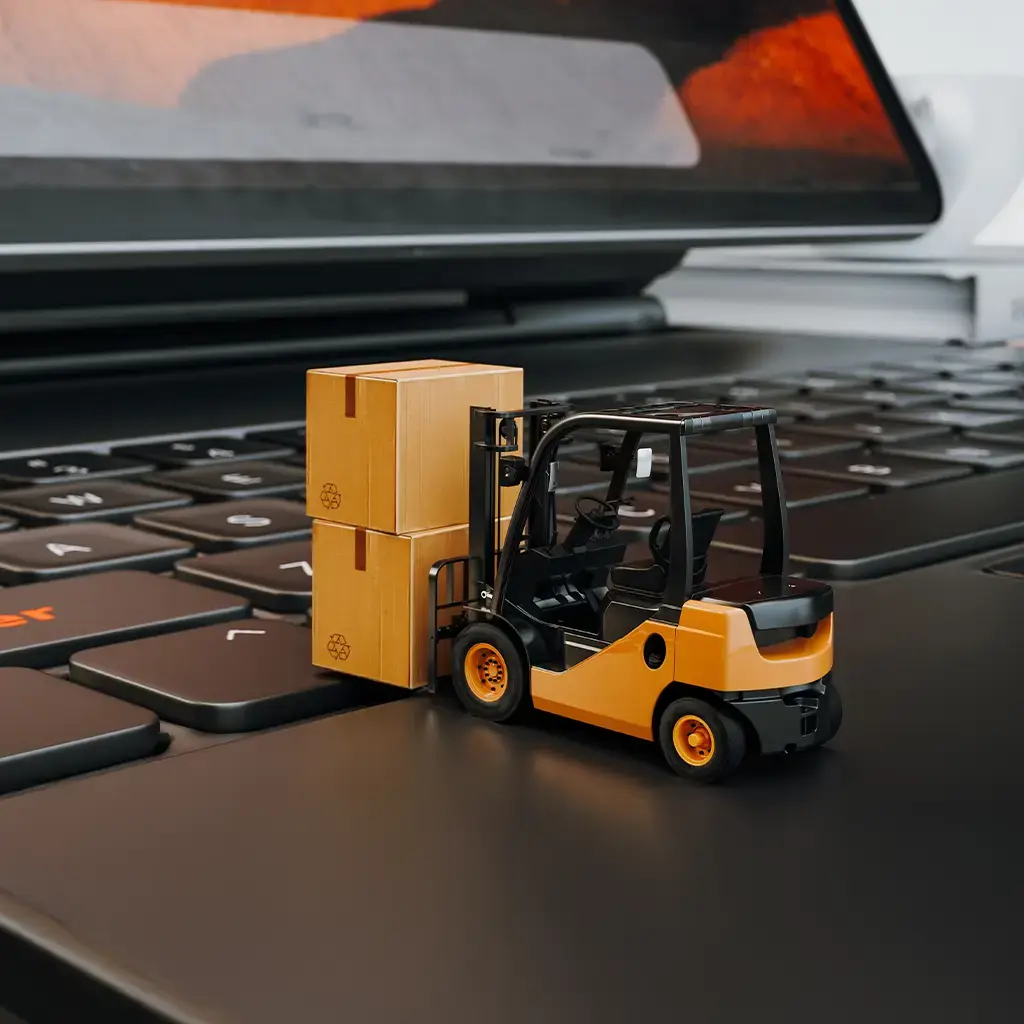In optimising operations and leveraging emerging technology to streamline their organisations, many businesses turn to the supply chain to enable improvements. Supply chain systems are mission-critical systems, offering dynamic, transparent and proactive processes that support customers. However, many still rely on outdated, legacy infrastructure.
With customer expectations and market volatility rising, these outdated systems make supply chains inflexible, hard to scale and undermine agility and growth ambitions. Keeping antiquated systems running is the primary cost of infrastructure overspending. Organisations must modernise core systems to avoid excessive tech debt, remain competitive and enable technologies such as AI, automation and real-time analytics. Without being able to embrace AI and other technologies, organisations risk losing market share to competitors and failing to meet rising customer expectations.
Here, we’ll explore why modernisation is no longer a forward-looking initiative, but a business-critical imperative.
The hidden cost of legacy systems
Many supply chain organisations are eager to embrace emerging technologies and improve processes to differentiate themselves from competitors. For those reliant on decades-old legacy systems, this seems like an impossible goal, with far-reaching operational and business consequences.
Legacy systems are currently placing significant strain on corporations and their business objectives, leaving teams unable to meet current and future demand. Many supply chain organisations struggle with essential upgrades or changes to their systems, making implementing technology such as AI and predictive analytics an even larger challenge.
These aging systems don’t just slow progress and value addition, they often block it altogether. Leaders feel these consequences in four major areas:
- Lack of control: Fragmented, siloed legacy systems limit visibility across supply chains. In turn, this makes observability challenging, meaning supply chain leaders cannot proactively improve operations, but remain reactive to system failures.
- Increased risk: Business and technology risks emerge from security vulnerabilities and poor integration.
- Loss of knowledge: Diminishing skills or knowledge cause ongoing issues for leaders. With legacy systems often undocumented, when experienced staff leave, the remaining teams struggle to maintain them.
- Inability to innovate: The inability to support emerging technology such as AI, automation and cloud, which have rapidly become essential in remaining competitive.
These limitations don’t just affect efficiency; they directly impact new technology success and digital spending. According to our research with IDC, a third of organisations find that inadequate infrastructure performance and availability are the greatest factors preventing them from achieving higher success rates in their generative AI projects. Meanwhile, 49% of organisations state that the cost of running older apps is the number one reason for overspending on digital infrastructure.
From increased delays to rising costs and a lack of competitiveness, legacy systems pose significant risks to organisations as they navigate a new business landscape in the era of AI.
The benefits of modernisation in the supply chain
The solution lies in a strategic, intentional approach to modernisation that updates the foundational systems into a flexible digital core, capable of supporting current and future business needs.
By linking up siloed or batched environments, supply chain organisations can get a unified view of data and processes, allowing them to:
- Anticipate and react more quickly to disruptions and faults
- Enable on-demand insights into warehouse, logistics and inventory statuses
- Scale quickly to adapt without manual intervention
A modern core allows businesses to keep up with the fast-changing business and technology landscape. AI, automation, Internet of Things (IoT) and predictive analytics rely on consistent, accessible and trustworthy data. After modernising core systems, businesses can quickly implement new technologies to add value to their business. For example, using AI-supported inventory control, reducing carrying costs by 20% and stockouts by 50%. With the stage set for ongoing digital transformation, businesses can enable faster time-to-market for new services and build resilience against future disruptions.
Moreover, modern systems better protect supply chains from the rising number of cyber attacks. In the US alone, supply chain cyber-attacks totalled 2,769 – a 58% increase on the previous year. Modern platforms provide organisations with a more robust and effective way to ward off such attacks.
Businesses with modernised infrastructure can continue adding value to their teams and customers via connections with external partners. They also benefit from the flexibility to update processes to adapt as customers evolve and enhance interoperability across supply chain ecosystems.
Modernisation in action
What does modernisation look like in practice? Many leaders worry about the potential risk that comes from manually altering systems, code and processes. In some cases, modernisation has involved complete overhauls of existing systems.
However, automation and AI allow for a new method for modernisation and provide the opportunity for more focused efforts based on value and ROI. Our low-risk transformation approach empowers businesses with a holistic view of their systems, dependencies and processes, and then – using deep industry expertise – identifies areas for modernisation. We take an agile, value-driven approach, continually reprioritising as business needs evolve. Our tools surface risks early, reduce manual overhead and maintain operational efficiency.
Agentic AI acts as a virtual subject matter expert (SME), accelerating decision-making through a dynamic knowledge base. This drives faster, more focused transformations, whether through refactoring, cloud migration or legacy encapsulation, to align modernisation with strategic goals while minimising risk. For example, at Maersk, we simplified legacy complexity by integrating multiple internal systems into a single, intuitive interface.
Taking action for future-proof supply chains
With so many limitations, legacy systems no longer fit the needs of complex supply chains. However, complete and immediate removal of them is a recipe for disaster. Instead, leaders must tackle modernising supply chain systems with a business-aligned, strategic plan and prepare their systems for evolving technologies and increasing customer needs.
To learn more about innovation shaping supply chains, visit our industry page.



